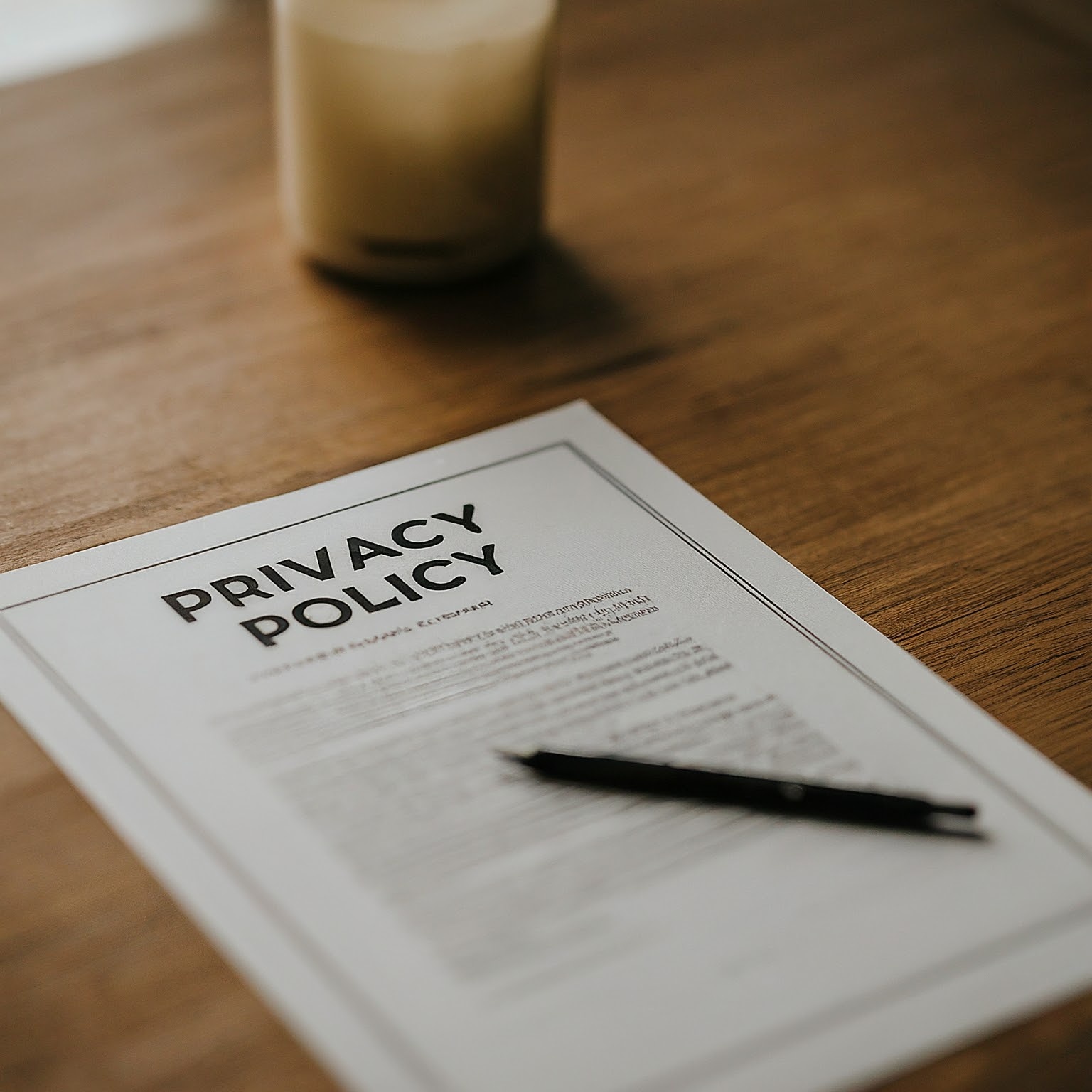The True Cost of Convenience: Are We Trading Our Privacy for Ease?

Imagine a world where every action, from your shopping habits to the places you visit, is quietly tracked and stored. This isn’t science fiction; it’s our reality. In exchange for a seamless digital experience—whether it’s personalized ads, voice-activated assistants, or fitness tracking—many of us willingly give up personal details, often without fully understanding the implications.
As convenience becomes more integral to our lives, so too does the need for instant access and customization. Yet, behind this effortless ease lies a trade-off that’s far less visible. The cost? Our privacy. The question isn’t just what we’re giving up, but whether we’re even aware of the full price we’re paying. As we navigate this digital age, it’s worth asking: how much privacy are we willing to trade for convenience? And, perhaps more importantly, are we losing more than we bargained for?
 Image source: Shutterstock
Image source: Shutterstock
The Power Play – How Convenience Became Currency
In the fast-paced world of technology, convenience has evolved into a powerful currency, one that tech companies wield to engage and retain users. Instant answers, personalized recommendations, and tailored experiences are just a tap away, creating a sense that modern life’s complexities have become manageable and even enjoyable. However, this ease doesn’t come without a price. The exchange for these conveniences often involves sharing personal data, which fuels the algorithms and profit models of major tech firms.
The idea of “surveillance capitalism,” introduced by scholar Shoshana Zuboff, sheds light on this exchange. In her work, The Age of Surveillance Capitalism, Zuboff describes how our personal data drives a new economic system, where users become not just consumers but also the product. The more we interact with personalized services, the more data we generate, creating a feedback loop where convenience leads to more data collection. Each interaction—whether it’s a search, purchase, or click—provides companies with detailed information about our habits, preferences, and behaviors.
Personalization feels like a benefit, yet it’s often a means for tech companies to guide and shape our decisions. Platforms like Amazon and Google use data to fine-tune user experiences, subtly influencing our choices by presenting options based on our history. This “customization” cloaks the reality that companies are actively collecting our information, crafting an environment that encourages us to reveal more. The convenience we’ve come to rely on is, in many ways, a meticulously designed system that keeps us engaged, while tech giants quietly harvest and monetize our data.
The Illusion of Control – How Privacy Settings Fall Short
When users are presented with privacy settings upon joining a new platform, it might appear that they’re in control of what data is shared. However, research suggests this control is often more illusory than real. Studies by Gray and Bygrave highlight that privacy settings are typically structured to encourage data sharing rather than protect it. Instead of simple, transparent options, users face complicated menus, vague terms, and opt-in defaults that gently push them into sharing more data than they might realize.
These practices are part of a design strategy known as “dark patterns,” which aim to guide users toward actions that benefit the company, not necessarily the individual. Companies use these tactics to make privacy controls seem accessible while keeping sensitive options out of easy reach. For instance, key privacy settings may be hidden behind layers of menus, or explained in language that’s deliberately complex. The result is a feeling of control over personal data, while the reality is that most information remains accessible to the company.
This illusion of control creates a false sense of security. Many users feel that by adjusting settings, they’ve taken adequate measures to protect their data, but the reality is often the opposite. Without clear and easy-to-navigate options, users inadvertently leave trails of data that can be mined for profit, reinforcing the notion that our data serves corporate interests far more than our own. In the end, the feeling of control over privacy remains surface-level, masking the extent to which our data is accessible and valuable to tech companies.
 Image source: Shutterstock
Image source: Shutterstock
Informed Consent or Consent Theater?
At the heart of many data privacy debates lies the question of consent. When we agree to a company’s terms of service, we’re technically consenting to share our data, but how informed is this consent? Many experts argue that this agreement is rarely genuine because users often lack an understanding of what they’re agreeing to. The concept of “consent theater” has emerged, describing a situation where companies present the appearance of user choice while structuring agreements to prioritize their own data collection needs.
The issue of consent is particularly evident with popular smart devices, such as fitness trackers and virtual assistants, which capture vast amounts of personal information. For example, health and fitness apps like MyFitnessPal and Strava collect detailed data about users’ habits, preferences, and locations. While they promise benefits like personalized insights, much of this data is ultimately sold to advertisers. Users get a “free” or low-cost service, while companies profit from selling user behavior patterns to third parties eager to reach health-conscious consumers.
This form of passive agreement, where users quickly click “accept” for convenience, often means they are unknowingly surrendering data to multiple parties. In reality, the concept of consent has become more about compliance than true choice. Companies have learned to present options in ways that are hard to understand or easy to overlook, creating an environment where users feel in control but are, in fact, part of a data-gathering network. This setup benefits tech companies immensely while keeping users in the dark about the extent of their data exposure.
Data Commodification – Profits Over Privacy
In today’s digital landscape, personal data has transformed into one of the most valuable commodities, with tech companies building entire business models around it. Data is often compared to oil, highlighting its value as a raw resource that can be mined, refined, and turned into profit. Platforms like Facebook, Google, and Amazon have mastered the art of data commodification, using our behaviors and interactions to generate immense revenue through targeted advertising and predictive algorithms.
This data isn’t just valuable because it tells companies about users’ current habits; it enables them to anticipate and shape future behavior. Companies create profiles based on user data to tailor advertisements, influence preferences, and predict upcoming trends. This precise targeting translates into increased advertising revenue, as businesses can reach potential customers more effectively. The more data these platforms collect, the more they can charge advertisers who want access to specific demographics and behavior patterns.
The Cambridge Analytica scandal serves as a prime example of how personal data can be weaponized for profit and influence. By collecting extensive data, companies can gain insights into people’s values, beliefs, and preferences, using this information to sway opinions or encourage actions. This power goes beyond simple ad placement; it shapes the way people think, vote, and behave. In a world where data drives profits, our personal information becomes a tool for tech companies to exert influence, often with little regard for individual privacy or autonomy.
The Mental Health Toll – Surveillance and Self-Censorship
Privacy concerns extend beyond data collection; they also affect our mental well-being. Research has shown that the feeling of being constantly monitored can lead to heightened levels of anxiety and self-censorship. When users know their behaviors and interactions are being recorded, they may adjust their actions to avoid potential judgment or unwanted attention. This shift toward self-censorship is subtle but can have profound implications for personal expression and mental health.
Dr. Mark Andrejevic, a digital society researcher, suggests that pervasive surveillance can create a sense of pressure to conform, as people begin to fear judgment based on their online activities. This internalized surveillance leads to a reduction in the willingness to explore freely or share openly, as users constantly worry about how their data might be perceived or misused. The mental burden of living in a surveillance-heavy world may not always be apparent, but over time, it erodes a sense of freedom and authenticity.
This constant state of vigilance can have lasting impacts on mental health, promoting feelings of unease and reducing overall satisfaction in digital spaces. As people become more aware of the implications of surveillance, some may choose to limit their digital interactions, opting for more private alternatives. However, the pull of digital convenience is strong, and many continue to navigate this uneasy trade-off, often at the expense of mental peace and well-being. The long-term effects of adapting to a life under watchful eyes may ultimately lead to a re-evaluation of the true cost of convenience.
Reclaiming Control – Practical Steps for Privacy Protection
Despite the daunting nature of data collection, there are ways to protect personal privacy without fully disconnecting from modern technology. One effective strategy is to switch to privacy-focused tools that don’t collect or track user data. Search engines like DuckDuckGo, which don’t track search history, and encrypted messaging apps like Signal offer alternatives that prioritize user privacy over data collection. These tools provide many of the same functions as mainstream apps, with an added layer of security.
Regularly reviewing privacy settings is another key step in maintaining control over personal data. Many apps and devices offer privacy options that can limit what data is collected or shared, though they’re often buried in menus. Setting a routine to check these settings every few months can help users maintain a tighter grip on their data. Disabling unnecessary permissions and removing unused apps can further minimize data exposure, reducing the overall digital footprint shared with companies.
Using a virtual private network (VPN) is also recommended for enhanced online privacy. VPNs create a secure, encrypted connection that masks users’ online activity, making it harder for companies and third parties to track browsing habits. Coupled with secure browsing practices, these tools offer a practical way to retain some privacy while enjoying the conveniences of digital life. As privacy concerns grow, these small adjustments provide meaningful steps to reclaim control in an increasingly data-driven world.
Looking Ahead – Possible Paths to Regain Privacy Control
As awareness around data privacy increases, new models for personal data control are emerging. One potential shift lies in the concept of data ownership, where users retain rights over their data and choose when, how, and with whom it is shared. This model would give users a sense of agency, transforming data from something taken by default to something shared with intent. The idea of data as personal property challenges tech companies to reconsider how they use and monetize information.
Privacy-enhancing technologies (PETs) are another promising development, aiming to provide robust privacy without sacrificing convenience. These technologies, including VPNs, zero-knowledge proofs, and end-to-end encryption, offer ways to protect data without compromising on ease of use. PETs are becoming more accessible, allowing users to enjoy the benefits of tech advancements without relinquishing control over personal information.
Regulatory changes are also pushing for transparency and accountability in data practices. Policies like the General Data Protection Regulation (GDPR) have laid the groundwork, but advocates argue that further steps are needed. One proposed solution is data dividends, where companies would compensate users for their data, acknowledging its value. Such initiatives represent a shift toward empowering users and redefining the relationship between consumers, companies, and personal information in the digital age.
Sources:
- De Brouwer, S. (2020, December 22). Privacy self-management and the issue of privacy externalities: of thwarted expectations, and harmful exploitation. Internet Policy Review. https://policyreview.info/articles/analysis/privacy-self-management-and-issue-privacy-externalities-thwarted-expectations-and
-
Hoofnagle, C. J., Van Der Sloot, B., & Borgesius, F. Z. (2019). The European Union general data protection regulation: what it is and what it means. Information & Communications Technology Law, 28(1), 65–98. https://doi.org/10.1080/13600834.2019.1573501
Featured image source: Shutterstock
Loading...






